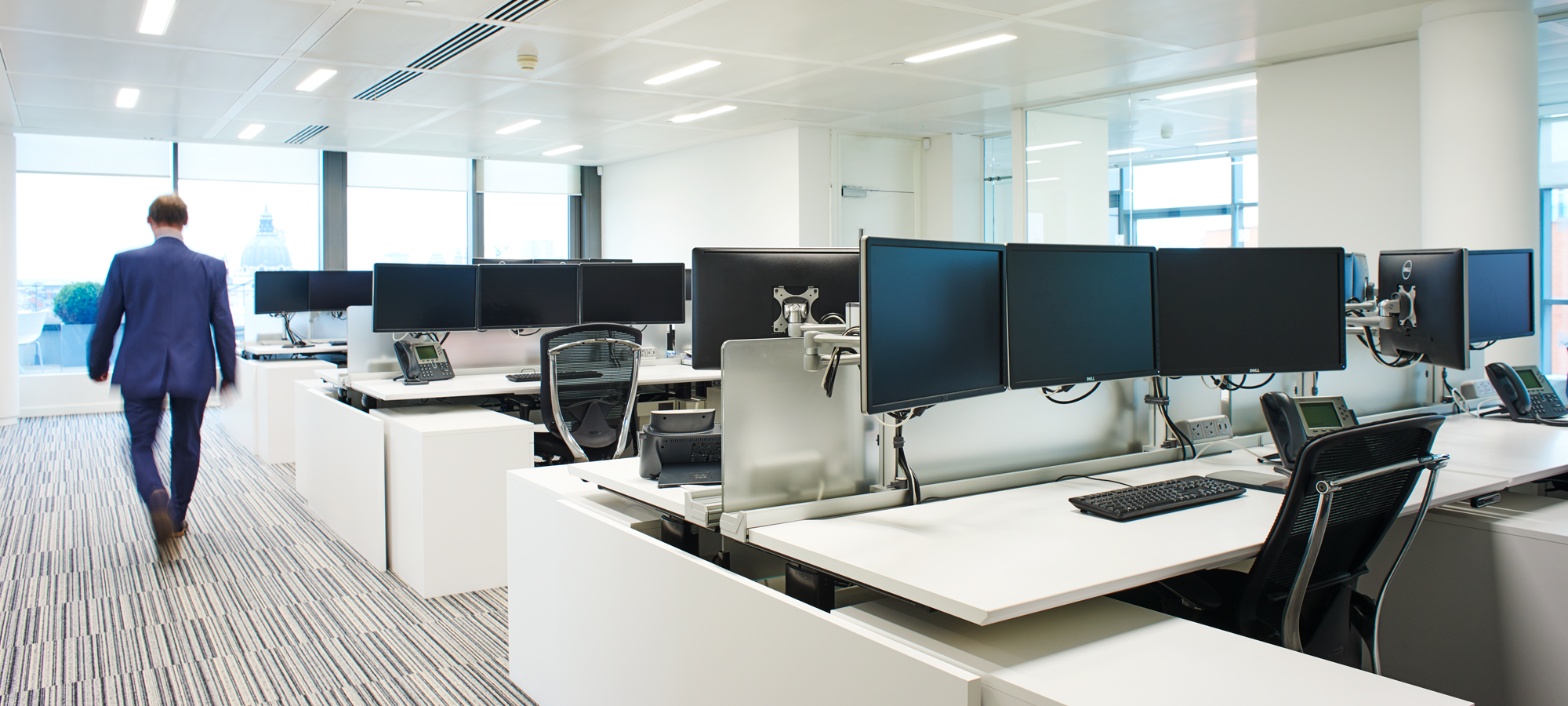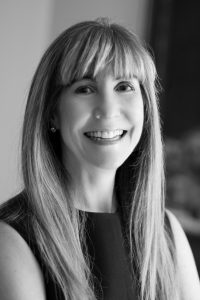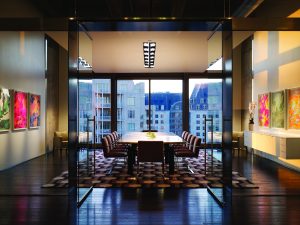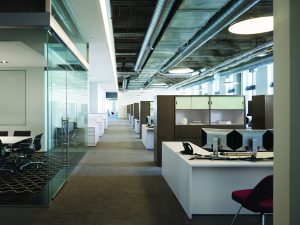The Future Of Office Design: What’s Next?
In the competitive financial industry, attracting and retaining talented employees is a constant effort. For asset management firm Carlson Capital, the look, feel and efficiency of the work environment are critical to setting a high bar and keeping team members happy and engaged. We spoke with Carlson Capital partner Nancy Carlson for her views on what makes a workplace special and where office design is headed next.
What are the key drivers in designing Carlson Capital’s workspaces?
To continue to provide working spaces that minimize visual distraction and allow our team members to concentrate.
To provide our teams opportunities to connect and to collaborate.
To convey our brand effectively so that it resonates with our clients and our employees.
To continue to make our offices comfortable, well-designed and supportive of our business needs.
How has having a consistent project team helped you reach those goals?
We believe in partnering for results, which is why we’ve continued to work with Staffelbach and Structure Tone for nearly ten years. Staffelbach has helped us develop standards for our workspaces that support our functional objectives. Our Staffelbach design team consistently guards our standards and, while applying them globally, pays great attention to the details.
They research what’s happening in workplace strategy and keep us informed so we can continue to make our offices relevant and engaging. They’ve really helped us define our brand for ongoing success.
Structure Tone’s ability to work in various cities with us has helped us maintain a consistent level of quality. This level of quality is very important to us; it’s part of our brand. We’ve now worked together on projects in Dallas and Houston, Texas, Greenwich, Connecticut and London, UK, which has created a strong team approach that makes implementation even easier and more effective.
You recently renovated your space in London’s Knightsbridge district. What was your vision?
We had multiple issues to consider:
- The cost of doing business in a given location
- The employees’ commute
- Efficiency of the workplace
- The environmental design and our brand
Given all these, we decided it made the most sense to keep the office in its present location, and we would add a second floor to allow for our planned expansion. This resolved a commute issue as we are immediately across the street from the Knightsbridge Underground Station. With a new floor to design as our own, we also got the opportunity to emphasize our brand and culture.
Our vision was to create an efficient layout of offices and open work spaces combined with “tea points” that take advantage of the abundant natural light from the expansive exterior windows. We also needed ample wall space for art, which is an important part of our culture, and plenty of space for collaboration.
What are some of the unique features of the space?
The refurbished ceiling, glass partitions, flooring, custom lighting and furnishings, while not unique, per se, created a harmonious and well-appointed space. The generous terrace on the second floor also added a special feature we didn’t have before, providing a beautiful space for collaboration and interaction. The space truly represents the Carlson culture and brand in London.
Staff often work extremely long hours. What role does emerging technology and design play in providing the best office environment?
Unfortunately, technology is inundating our lives. Even the World Health Organization has projected that “techno stress,” the stress of being constantly “on,” is one of the biggest health issues of the future. We have an obligation to our team to integrate technology effectively within the workspace and offer opportunities for concentration by creating quiet zones within working spaces. Attention to acoustical sound control is very important within the working zones.
How have wellness and flexible workspaces affected Carlson Capital’s success?
When a company demonstrates that it cares about the working conditions of its staff and pays attention to their physical needs, it increases the employees’ levels of engagement and job satisfaction. When they enjoy coming to work and experience a quality work environment, they produce better results.
One of the ways we try to help with that is by adding adjustable-height desks to our work environments. We believe that when we create environments that fulfill the basic needs of people and allow for a healthy balance of heads-down work and collaboration, we offer them more choices. If choosing adjustability at their desks makes them more comfortable, we want to support that.
How have Carlson Capital’s real estate needs evolved?
We are constantly looking to position our firm well in the marketplace at cost-effective lease rates. As we all know, this is challenging. We have reduced the allotment of square footage per person, but in so doing have become more creative with the amenities provided within and near our space. Because the human resource cost is our greatest expense and our greatest asset, we continue to explore how to make real estate work harder for us.
What does your workplace of tomorrow look like?
The Carlson Workplace of Tomorrow will continue to focus on being efficient and effective. Technology will continue to be highly integrated and user-friendly. And I see us focusing on providing more individual choices—like combining open office areas with areas for collaboration and interaction.
It’s so important to allow our team members to make choices about how and where they work so they have opportunities to experience different work venues. Those choices have a real impact on their health, safety and well-being, so we take them seriously.
It’s all about our people. The future office will be more human-centric, focused on creating spaces that not only look good, but feel good, too. And consistent in our offices is a focus on quality. When your staff is proud of their office, they feel better about their opportunities and their careers.



